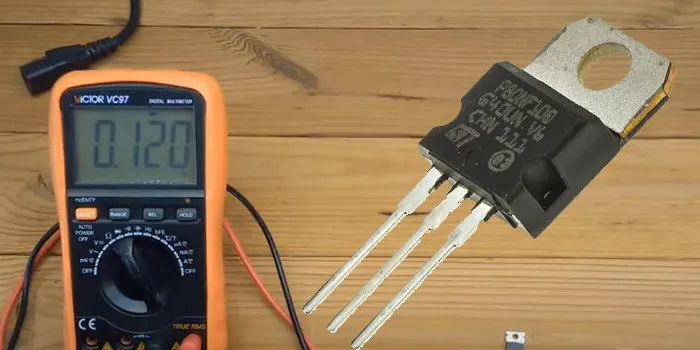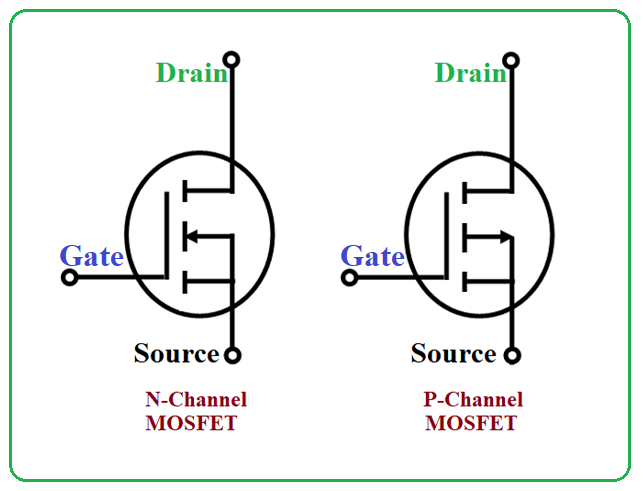The latest trainings
how to test mosfet with multimeter
🔧 How to Test a N Channel & p Channel MOSFET with a Multimeter (Step-by-Step Guide)
Testing a MOSFET (Metal-Oxide-Semiconductor Field-Effect Transistor) is an essential skill for electronics repair and troubleshooting. Whether you’re working on a power supply, motor controller, or other electronic device, identifying a faulty MOSFET can save time and money. This guide will walk you through how to test N-channel and P-channel MOSFETs using a digital multimeter.
🧰 What You Need
-
Digital multimeter (with diode test mode)
-
The MOSFET you want to test (removed from the circuit is best)
-
Basic understanding of the MOSFET’s pinout (Drain, Gate, Source)
📘 Understanding the MOSFET Terminals
-
Gate (G): Controls the current flow
-
Drain (D): Where current enters (for N-channel)
-
Source (S): Where current exits
Always consult the datasheet of your MOSFET to identify the pins correctly.
🔍 How to Test an N-Channel MOSFET
1. Initial Checks (Body Diode Test)
-
Set your multimeter to diode mode.
-
Connect the positive (red) probe to Source and the negative (black) probe to Drain.
-
You should see a voltage drop between 0.4V to 0.9V (body diode forward voltage).
-
Reverse the probes: It should show OL (no conduction).
✅ This confirms the body diode is healthy.
2. Gate Charge Test (Turn-On Behavior)
-
With the multimeter in diode mode, touch the Gate and Source together to discharge the gate.
-
Now connect the positive probe to Drain, negative probe to Source → It should show OL (off state).
-
Briefly touch the Gate with the positive probe and the Source with the negative probe (this charges the gate).
-
Now again connect positive probe to Drain, negative to Source → It should now show low resistance, indicating the MOSFET is turned ON.
✅ The MOSFET responds to gate voltage = working properly.
3. Reset the Gate
Touch the Gate and Source together again to turn the MOSFET OFF.
🔁 How to Test a P-Channel MOSFET
The steps are similar but with reversed polarity:
-
For the body diode, connect black probe to Source, red to Drain → You should get 0.4V–0.9V.
-
Charge the gate by touching Gate with negative probe, Source with positive.
-
Test from Source to Drain — you should now see low resistance.
-
Discharge the gate by shorting Gate and Source to reset.
⚠️ Important Tips
-
Always remove the MOSFET from the circuit before testing for best results.
-
Make sure your fingers don’t touch multiple pins while testing — body capacitance can affect results.
-
If the MOSFET shows short between Drain and Source with no gate activation, it’s likely faulty.
🏁 Conclusion
Testing a MOSFET with a multimeter is quick and effective. With a little practice, you’ll be able to diagnose faulty components in power electronics confidently.
For a better idea, we suggest you watch the video below
Join our newsletter to get the latest projects, tutorials, and tech updates straight to your inbox! 🚀


